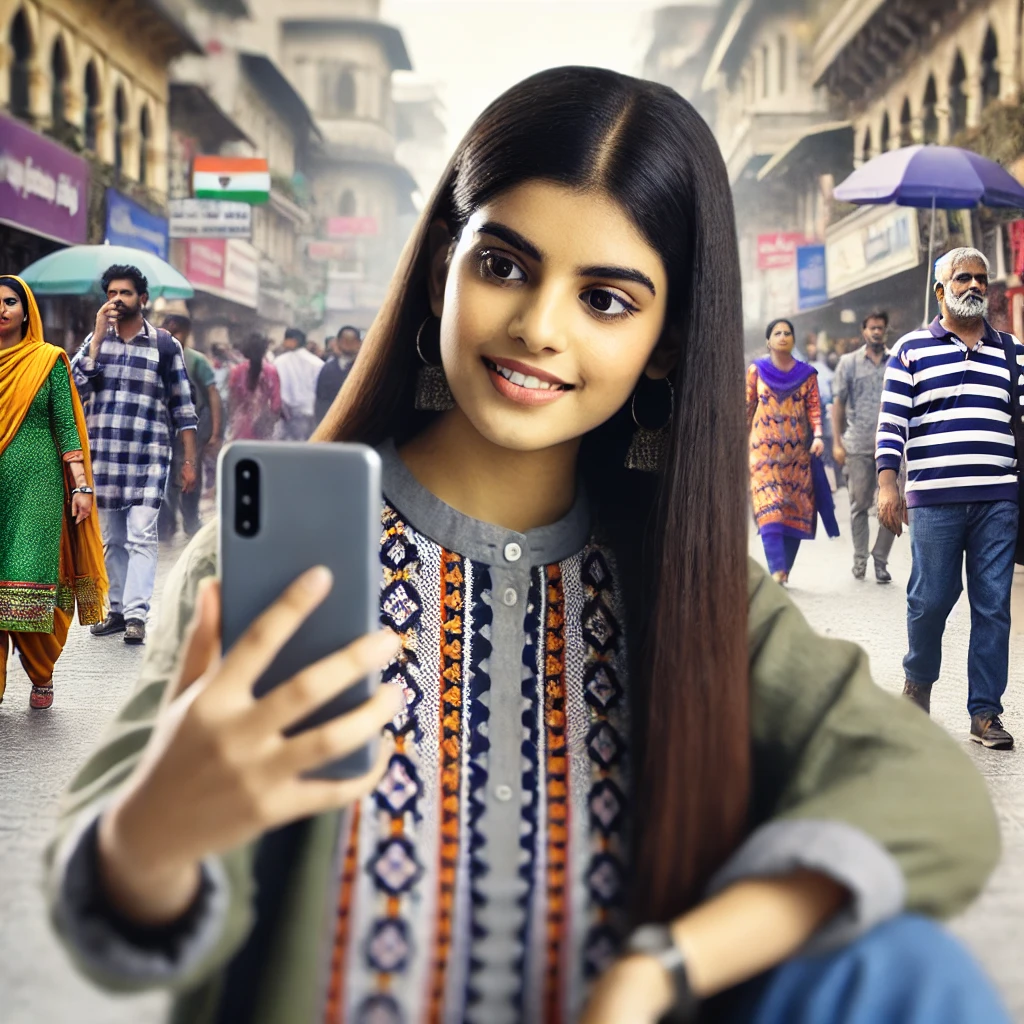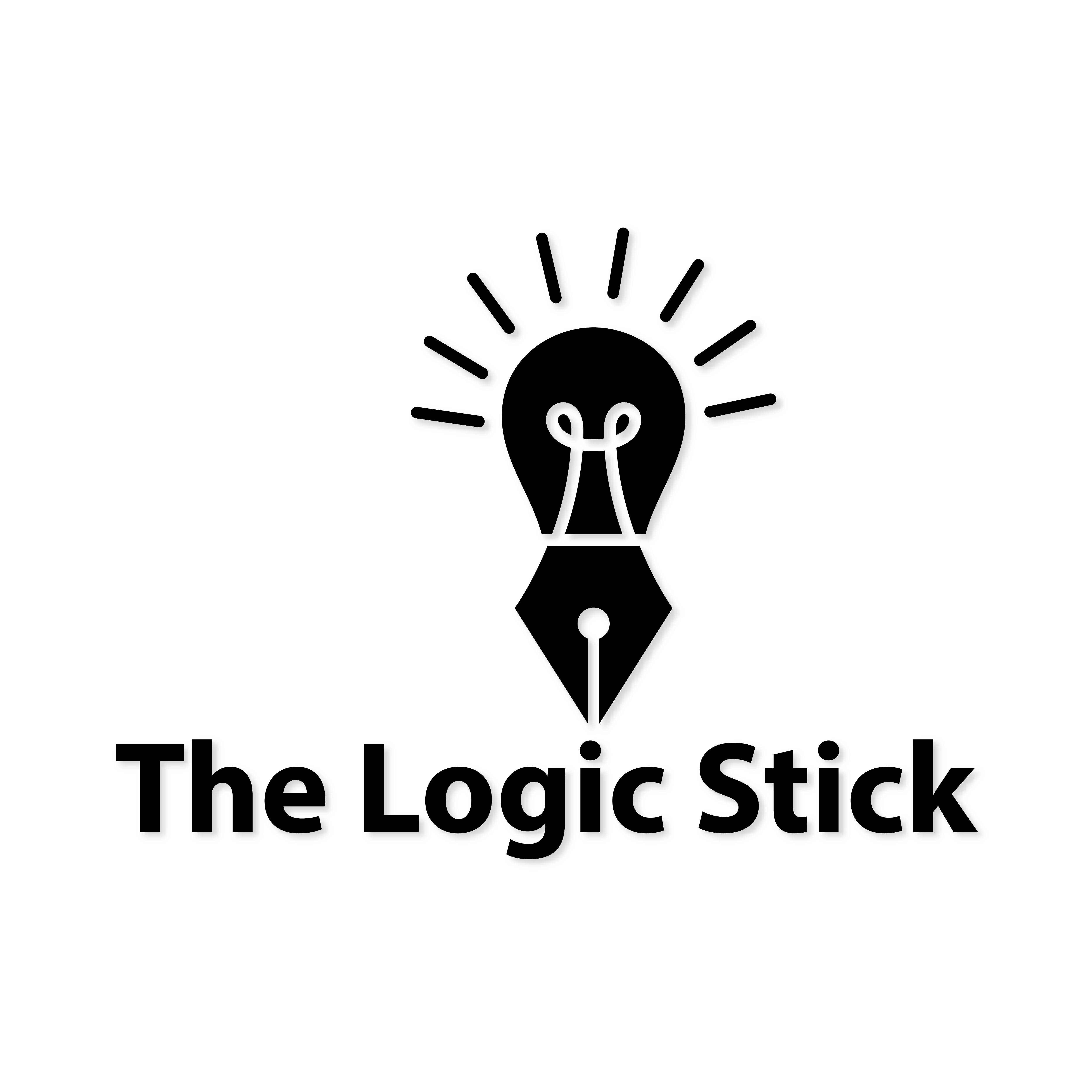In today’s fast-moving world of digital marketing, influencer marketing has evolved to become one of the most effective ways for brands to reach consumers on a personal level and really drive home key messaging. From its early celebrity endorsement days to current trends of micro and nano-influencers, how influencer marketing looks has changed. This broad-ranging guide provides insight into the essentials of influencer marketing, including the evolution, strategic implementation, and new trends of influencer marketing.

Evolution of Influencer Marketing
Influencer marketing is not entirely a new concept; it harkens back to the traditional celebrity endorsement. With the invention of social media platforms like Instagram, YouTube, and TikTok, how brands reach consumers has changed. What was once driven by celebrities has opened up that playing field to micro and nano-influencers: that small group of people that have very small but highly engaged followings. The influencers usually have an increased engagement rate because their attachment to their audiences is more personal in nature, building a level of trust that traditional advertising just can’t match.
Early Days to Now: Timeline
The trajectory of influencer marketing began with television stars and sports heroes but currently turns toward bloggers, vloggers, and social media stars. In the early 2000s, a real wave of influencers would first appear on blogs and forums. When social media really took off, these same influencers picked up new platforms to augment their reach and influence. Today, even pets and virtual characters could be considered potential influencers, showing how broad the scope for whom influencer marketing can be applied has become.
Identifying the Right Influencers
Choosing the right influencer is more nuanced than simply picking someone with the highest number of followers. Brands need to take a closer look: relevance to the target audience, how ‘real’ the influencer is, the engagement rate, image, and brand ethos fit.
Also Read – How to become a Home Chef in India
Case Study: A Cosmetic Giant Finds Its Match
Take the example of a famous beauty brand that collaborated with one of the famous beauty vloggers. Just by picking an influencer who had built up her credibility in the beauty space, the result was a 25% sales lift off of just one promotional campaign. This goes on to prove one thing: relevance combined with authenticity trumps popularity any day.
Measuring ROI
The return on investment from an influencer campaign proves to be a really key thing when it comes to deciding and analyzing the effectiveness of that campaign. In this regard, KPIs such as an engagement rate, conversion rate, and click-through rate become very critical. Brands can use customized affiliate codes and unique URLs, which give them specifics on the direct sales and conversions officials attribute to a particular influencer. These results allow fine-tuning of strategies and lead to informed decisions for future campaigns.
Advanced Metrics and Analytics
Advanced analytics may also involve sentiment analysis, brand lift, and the role of the influencer in increasing advocacy for the brand. Google Analytics, as well as specialized influencer platforms, offers information that drills down deep into measuring their qualitative and quantitative impact through influencer partnerships.
The Rise of Nano-Influencers
Nano-influencers are generally individuals with fewer than 10,000 followers. They offer a higher level of engagement and a more significant degree of perceived authenticity that makes them more appealing within certain niche markets. Their audiences are small enough that the interactions can be personalized, thus permitting higher conversion rates than broader influencer strategies.

Local Impact:
This partnership often greatly works to the benefit of small businesses when nano-influencers are considered within one’s local area. For example, a local restaurant could team up with a food blogger in the same city to really showcase a dining experience authentically in a way that strongly speaks to the local community.
Ethical Considerations
Transparency and authenticity are the cornerstones of successful influencer marketing. The Federal Trade Commission mandates ethical standards, like disclosure of when content is sponsored, to operate. All this transparency not only serves to satisfy the law but also to hold on to the trust of an audience.
Also read – How Intermittent Fasting can transform your life
Authenticity is everything:
One has to have confidence in what the influencer shares. In that way, when they only endorse or recommend products, that is also what they actually use and like, then it means that their recommendations are also credible, and that is important in retaining audience trust or loyalty.
Platform-Specific Strategies
Effectiveness really varies across platforms. For instance, Instagram works well in visual storytelling. On the other hand, YouTube does the same thing very well for in-depth product reviews, while Instagram Reels is used for creative, short-form VODs. Brands should adjust their strategies to fit with the special strengths of each platform and precise channels and how users use them.
Content Type by Channel
Visual and storytelling, driving an Instagram campaign through posts and stories. Long-form content on YouTube where it goes really into details with a product. On TikTok, creative virality is characteristic of gaining attention from the audience in a very fast challenge or quick demo format.
Future Trends
The future of influencer marketing rests with the integration of emerging technologies, such as AI, for matching brands to ideal influencers; much more focus on video content; and a turn toward more authentic and less polished content in light of consumer interests longing for realness.
Technological Advances
AI and machine learning have been increasingly integrated to determine influencer-brand compatibility and campaign success, thus personalizing the content from influencers to audience tastes and hence optimizing the effectiveness of an influencer campaign.

Case Studies
Influencer marketing itself goes through many changes in line with consumer behavior and technological innovation. Detailed case studies will be important in uncovering lessons from campaigns having a certain level of success that can be helpful in learning as much as possible about its fuller potential and impact.
Case Study: Health and Wellness Brand Leverages Micro-Influencers
A health and wellness startup wanted to raise brand awareness and drive sales, so it chose influencer marketing, focusing on genuineness and personal testimony. Rather than partnering with high-profile influencers, the brand collaborated with micro-influencers who were genuinely into health and fitness.

Influencers Chosen: 30 micro-influencers, ranging from 10,000 – 50,000 followers.
Content Strategy:
Each influencer created customized content that was representative of their honest experiences with the products, including posts and stories touting the benefits they witnessed. Results: The campaign yielded over 50,000 engagements; this led to a 20% increase in sales during the campaign period. The influencer content returned an engagement rate of 4.5%, well above the industry average.
This case study proves that choosing influencers whose personal brand is as close to the product as possible is highly effective for increasing authenticity and trust.
Insights into Influencer Collaboration and Engagement Strategies
Building an effective collaboration with an influencer extends beyond picking the right personalities. Brands are tasked with building actual relationships that offer creative license, where what is delivered not only speaks to the influencer’s constituency but conveys the brand’s message.
Key Strategies Include
Collaborative Creativity: Most of the time, having influencers co-create campaign themes and messages can result in more genuine content and better audience engagement.
Long-term Partnerships: Instead of one-time campaigns, brands should focus on going forward with long-term relationships with influencers. This will not only help keep up the consistency of brand presence but will also form a firm affiliation between the influencer and the brand.

Performance Motivators: Put in place a system of performance-based incentives that will drive them to create content that genuinely converts—by aligning the goals of the influencer with those of the brand.
Case Study: Global Campaign for a Fashion Brand
A global fashion brand ran a cross-platform influencer campaign to promote their new line of eco-friendly apparel. Since the sustainable message was a huge selling point for the brand, it was the point of focus, and they also used influencers with diverse backgrounds to help appeal to the global market.
Campaign Details:
Influencers Selected: 50 Influencers from varied geographies, North America, Europe, and Asia, who are known to appreciate and celebrate a life of sustainability.
Content Strategy: The product in use in everyday situations; a chat on the importance of sustainable fashion shared and how much it features in their ecological consideration.
Results: More than 10 million people were reached. 5% of the clicks ended up in sales. The social media discussion about sustainability increased numerous-fold, placing the brand higher in the awareness and discussions of eco-friendliness.
The campaign is brilliant for what it can demonstrate: matching a brand’s core values with influencers’ content increases credibility and relevance of the marketing message.
Advanced Insights:
How to Take Advantage of Data Analytics in Influencer Marketing
Data Analytics lies at the core of any modern influencer marketing strategy, offering the most effective way to optimize campaigns for success and measure that success. Brands are seeking, increasingly, sophisticated ways through which they can track engagement in real-time for purposes of adjusting campaigns accordingly.
Conclusion
Influencer marketing becomes a potent tool in a brand’s digital marketing arsenal only when used wisely and ethically. If brands remain aware of the nuances, continued changing trends, and new regulations pertaining to the use of such influencers, they will be able to get the best out of such collaborations.
For more information on Influencer Marketing visit The Logic Stick






